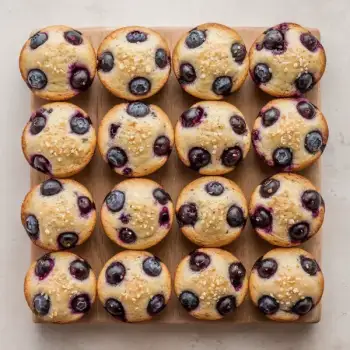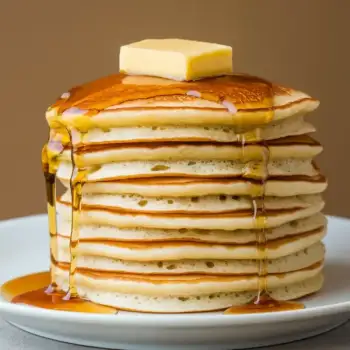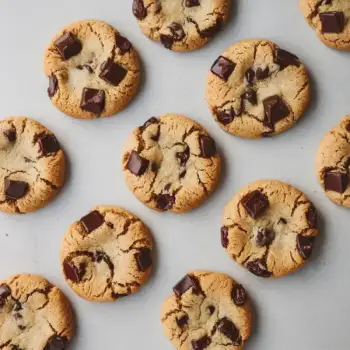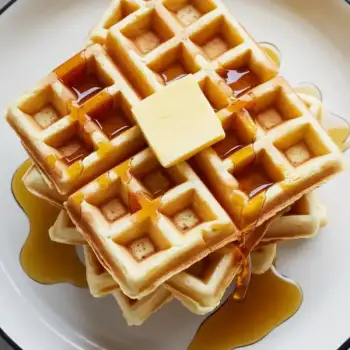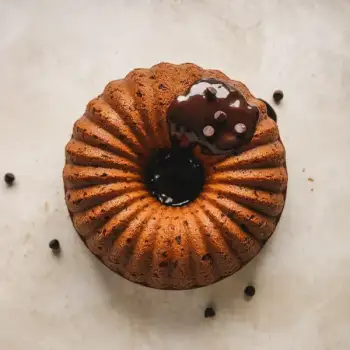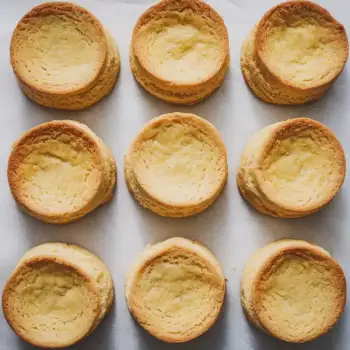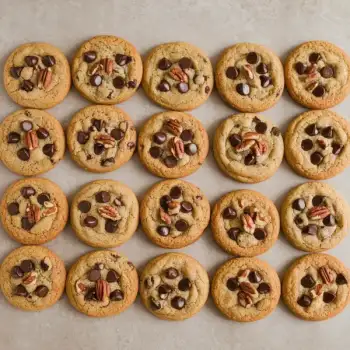


Canned
Garlic stored in a can, typically minced or in paste form, providing long-term storage and ease of use.
Jarred
Garlic preserved in a jar, either whole, minced, or in paste form, offering convenience and a longer shelf life.
Minced
Garlic cloves finely chopped into small pieces, commonly used for even flavor distribution in dishes.
Pureed
Garlic cloves blended into a smooth paste, used to infuse a strong garlic flavor into various recipes.
Roasted
Garlic cloves or bulbs that have been cooked in an oven or on a stove, offering a sweeter, less intense flavor.
Powdered
Dehydrated and ground garlic, convenient for a quick and mild garlic flavor in seasoning blends and recipes.
Fresh bulbs
Whole, unprocessed garlic bulbs, ideal for extracting individual cloves or using whole in roasting.
Pre-peeled cloves
Garlic cloves with the skin removed, ready for immediate use in cooking or further processing.




garlic powder: McCormick
jarred garlic: Spice World
minced garlic: Spice World
fresh garlic bulbs: Christopher Ranch

Cookies: In cookie recipes, baking soda helps to create a tender crumb and can affect spreading. The amount of baking soda can be adjusted to control the cookie's texture and spread.
Fried Foods: A small amount of baking soda can be added to batter for fried foods to enhance browning and create a light, crispy crust due to its alkaline properties.
Quick Breads: Baking soda is often used in quick breads like banana bread or muffins. It reacts with acidic ingredients such as buttermilk, yogurt, or vinegar to create the rise needed for a light, airy texture.




